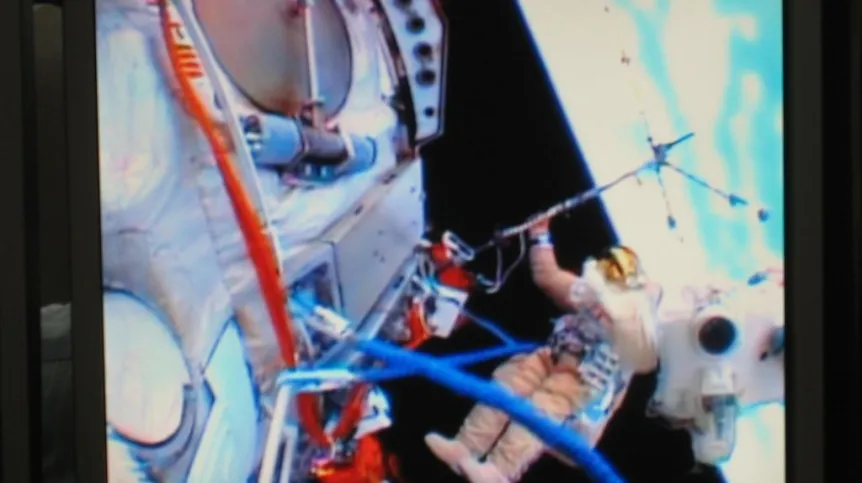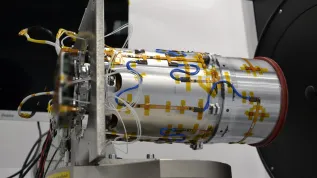
Analyzer from the Space Research Centre PAS began operation outside the International Space Station. It will help determine how the changing magnetic field affects the station, its personnel and experiments. It will also simplify the diagnosis of space weather.
The International Space Station (ISS) has launched starting procedure of equipment of the Obstanovka (Environment)experiment. "One of the instruments that started to gather scientific data, is the radio frequency analyzer RFA, built at the Space Research Centre of the Polish Academy of Sciences in Warsaw" - the Space Research Centre reported in the release sent to PAP.
The device will monitor the electromagnetic properties of the space environment in the immediate vicinity of the station. It will also allow to describe the changes in Earth\'s immediate environment caused by variable solar activity.
"The International Space Station is great, largely metal object that moves in the terrestrial plasma and disrupts it. We want to know how these disruptions affect the very structure of the station, its instruments and the results of experiments carried out there. These are the first measurements of this type" - explained Prof. Hanna Rothkaehl of the Space Research Centre PAS.
The team conducting the experiment Obstanovka is composed of researchers from Bulgaria, Poland, Russia, Sweden, United Kingdom and Ukraine. Polish contribution to the wave-plasma part of the experiment is a radio frequency analyser RFA, built with grants from the Ministry of Science and Higher Education.
The experiment was carried out by researchers at the Space Research Centre PAS will allow to discover the mechanisms responsible for the development of space weather and its impact on the station.
"The environment around the station is in fact strongly modified by the phenomena, in which the interaction between the magnetic fields of the Earth and the Sun play the main part" - reads the release sent to PAP.
Measurements will also allow to obtain more detailed information about electromagnetic interference from the surface of the planet. Noise generated by power lines, radio and television broadcasting stations, are slowly becoming a problem as important as space debris.
Over the last year, the RFA analyser underwent tests at the Space Research Institute in Moscow. In February this year, the Progress shuttle delivered the instrument to the International Space Station. During spacewalk, cosmonaut Roman Romanenko unfolded outside the station the antenna system built at the Space Research Centre PAS. Subsequent tests confirmed the correct operation of the instrument, and allowed to start collecting scientific data.
"Due to the transmission limitations in the Russian module of the station, only a small part of the data recorded by the RFA is sent to Earth immediately. The complete set of results is stored on removable drives, which will be transported from orbit every few months by astronauts returning from the station" - explained Prof. Rothkaehl.
PAP - Science and Scholarship in Poland
ekr/ agt/ mrt/
tr. RL













